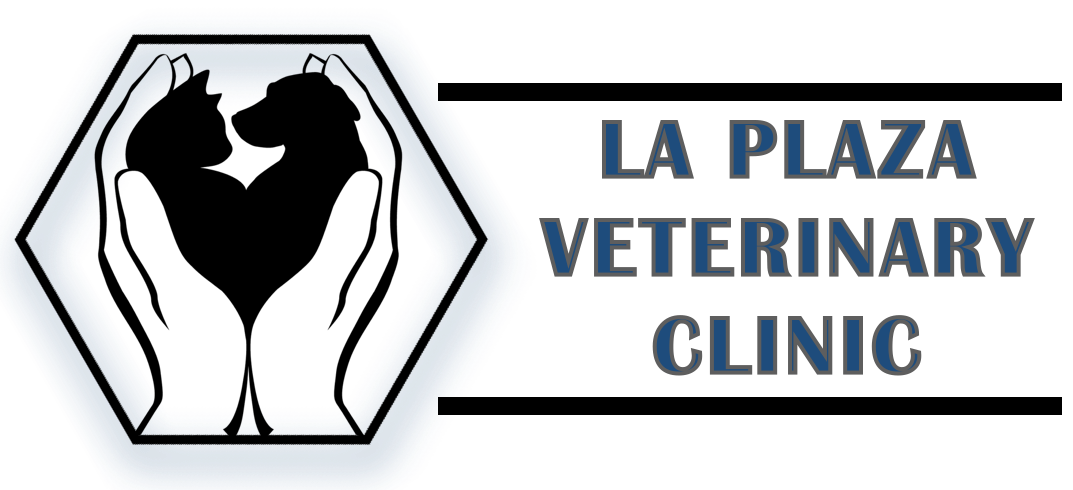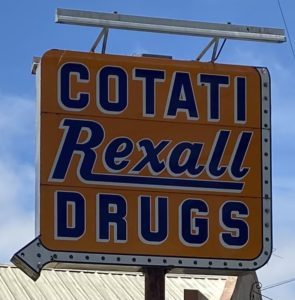Library
-
Marbofloxacin is given by mouth and is used on and off label to treat certain bacterial infections including leishmaniasis, tuberculosis, and hemoplasmosis. Common side effects include vomiting, diarrhea, and lack of appetite. Do not use in pets that are allergic to it or other quinolones, or in small and medium breed dogs before 8 months of age, in large breed dogs before 12 months of age, in giant breed dogs before 18 months of age, or in cats before 12 months of age. If a negative reaction occurs, please call your veterinary office.
-
Cat Behavior Problems: Marking and Spraying Behavior
Esta forma de depositar pequeñas cantidades de orina sobre superficies verticales se denomina marcaje, y es más una señal olorosa que una forma de orinar. Normalmente, lo que hacen los gatos es ponerse de espaldas ante una superficie vertical, levantar la cola y eliminar orina hacia el objeto en cuestión.
-
Maropitant citrate is given by mouth in the form of a tablet or injected under the skin and used to treat nausea and vomiting. Common side effects include vomiting and increased salivation, or pain at the injection site. It is contraindicated in pets with a GI obstruction, GI toxicity, or in pets under 8 weeks old. Use caution in pets with heart or liver disease, or in pets under 16 weeks old. If a negative reaction occurs, please call your veterinary office.
-
Mast cells are a type of white blood cell that plays a large role in allergic response through degranulation. Mast cell tumors (MCT) can occur in the skin, spleen, or gastrointestinal tract of cats. Their cause is unknown; however, many affected cats show a genetic mutation in the KIT protein involved in replication and cell division. Cutaneous MCTs most often appear as hard pale/white plaques or nodules, often around the head and they may be itchy. Splenic MCTs cause decreased appetite, weight loss, and vomiting. Intestinal MCTs may cause GI upset and bloody stools, and a mass may be palpable. Diagnosis is typically achieved via fine needle aspirate although histopathology can be used. Treatment usually requires surgical removal of the masses or the spleen. Sometimes, chemotherapy or radiation is needed.
-
Mast cell tumors are most common in the skin of dogs and may appear red, ulcerated, or swollen. They can be itchy and can fluctuate in size. Tumors can range from lower-grade, with minimal spread, to higher-grade, with a high risk of local invasion. Treatment usually involves surgical removal and may require supportive treatment including chemotherapy, radiation therapy, and therapy to target the mutation that instigated the tumor.
-
Masticatory muscle myositis (MMM) is an immune system disorder in which the dog's immune system identifies the dog's own muscle tissue as foreign and attacks it.
-
Mastiffs are mellow and many are happy just watching family ballgames from the sidelines, cheering their kids on with a wag or a woof. Some, however, might happily join in to steal the ball or play a short game.
-
Mastitis is a term used to describe inflammation of a mammary gland (breast), most frequently seen in the postpartum period after a cat gives birth. In most cases, mastitis is caused by a bacterial infection. Trauma to the nipple or teat canal can allow bacteria to enter, traveling up into the mammary gland and creating a bacterial infection. Most cats with mastitis can be treated on an outpatient basis with oral antibiotics and pain medications, though severe cases may require hospitalization or surgery.
-
Mastitis is a term used to describe inflammation of a mammary gland. In most cases, mastitis is caused by a bacterial infection. Trauma to the mammary gland, or prolonged periods of milk accumulation without milk removal, can lead to inflammation within the mammary gland. Most dogs with mastitis can be treated on an outpatient basis with oral antibiotics and pain medications, though severe cases may require hospitalization or surgery.
-
Meclizine is used off label and given by mouth in the form of a tablet to treat and prevent motion sickness and vomiting in dogs, cats, and small mammals. The most common side effect is sedation and sleepiness. Do not use in pets that are allergic to it. It should be used with caution in pets with concurrent prostate enlargement, bladder obstruction, heart failure, certain types glaucoma, or certain gastrointestinal obstructions. If a negative reaction occurs, please call your veterinary office.



